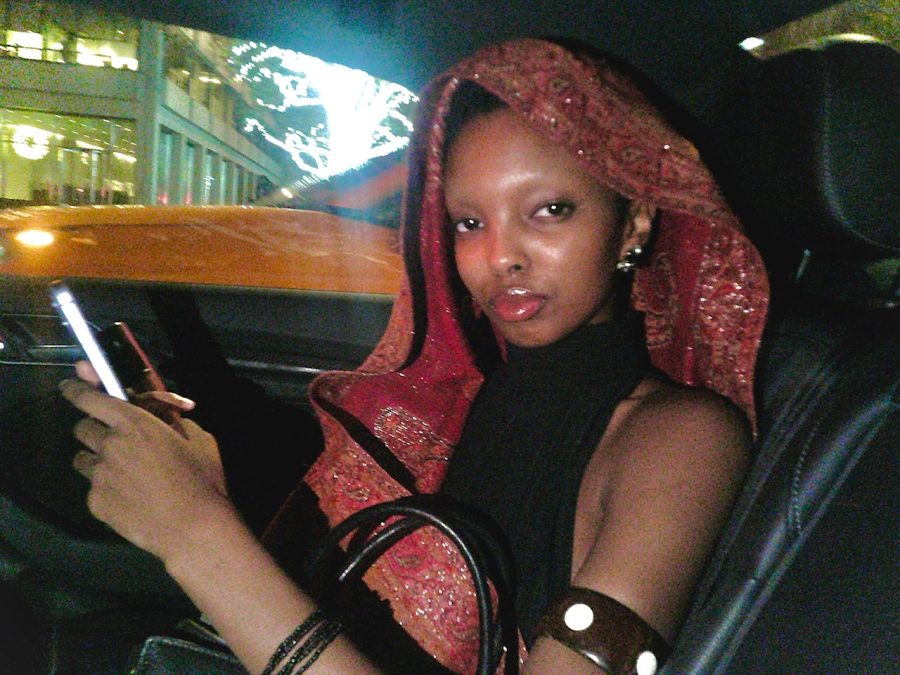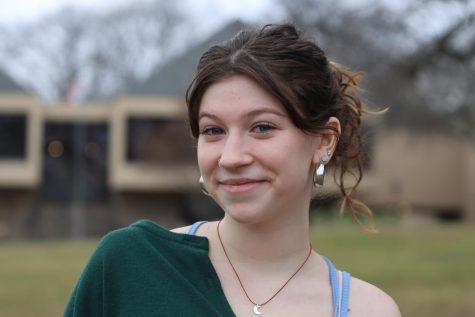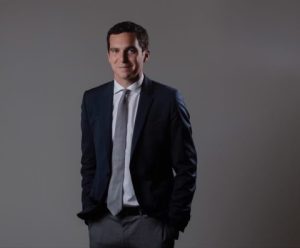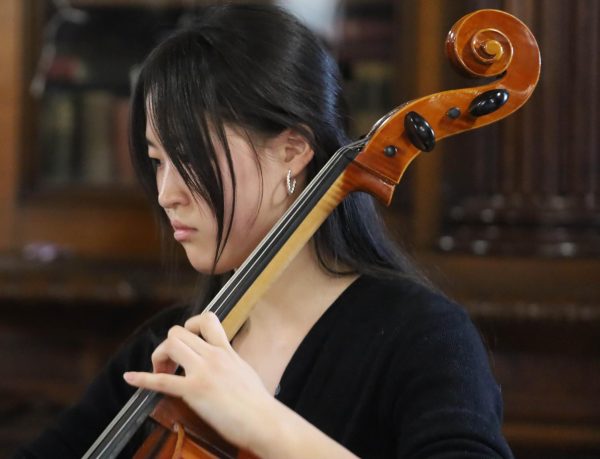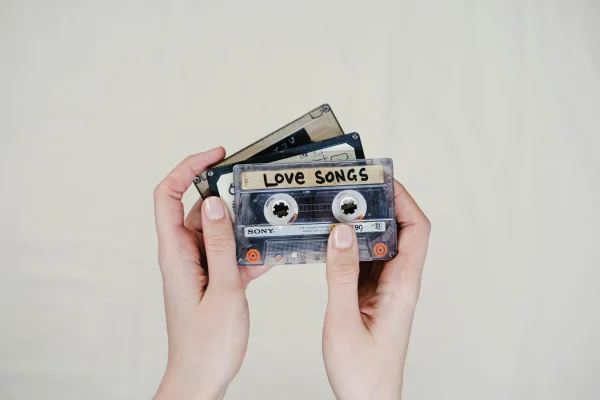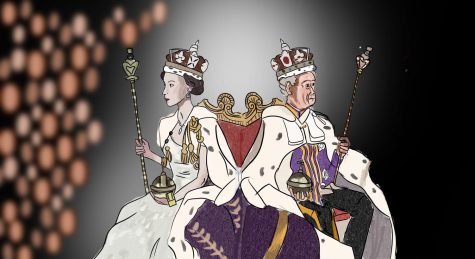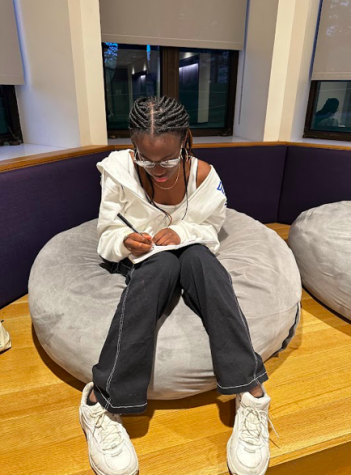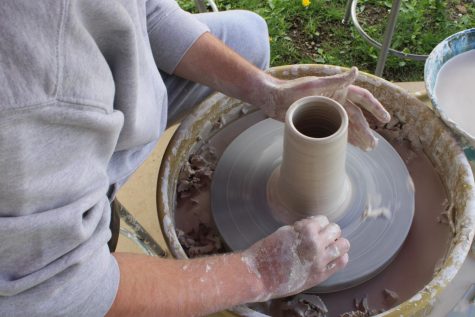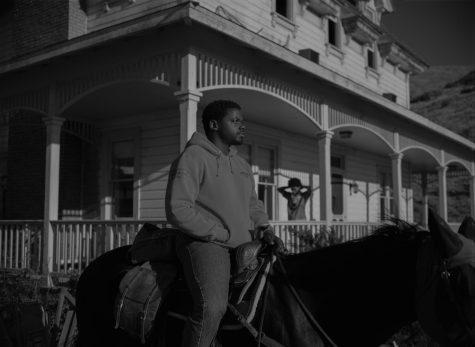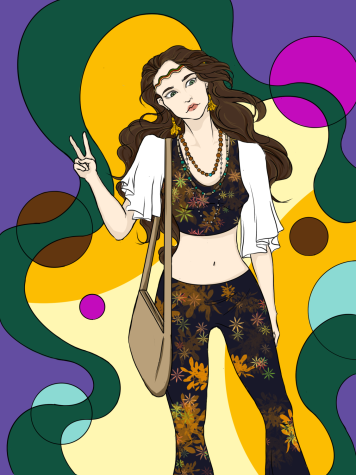The Western lens on beauty: how European beauty standards are still in play today
February 3, 2023
Every morning, the students at Masters begrudgingly wake up to their alarm clock, roll out of bed, and get ready for school. One key step of this routine, which many students do every morning, is putting on makeup. Primer, blush, concealer, eyelash curler, mascara, repeat. Although the steps of people’s makeup routines at this school vary, many students put at least some product on their faces every day.
Makeup has been evolving since ancient Egypt, about 5,000 years ago, when both men and women used makeup to enhance their appearance. For the smell and softness of the skin, incense oils were used, and women applied white on their faces to protect themselves from the sun. The Egyptians were also the first to use black paint as eyeliner, and to create a natural blush, crushed flowers were used.
Makeup, and the beauty industry that sells it, has long perpetuated the idea that being white is the ideal beauty standard. The features which tend to be most celebrated are pale skin, light-colored eyes, small noses, straight, flowing blonde hair, and high cheekbones. Though this notion has faded some in the past decade, it still remains dominant. Thanks to a history of European colonization over the past five centuries, Eurocentric beauty standards became, and remain global. Angelica Lopez Tucker spoke on this, “For me personally I’m half black and half Puerto Rican, so I’m a women of color, however I have lighter skin, a lighter complexion, so I feel like I have benefited from a bit of privilege in that sense, especially if it comes from certain beauty standards.”
Makeup, and the beauty industry that sells it, has long perpetuated the idea that being white is the ideal beauty standard.
Ileya DuBoulay, a Masters alum who graduated in 2019, and a childhood model who recently got back in the modeling industry, spoke on their experience in the fashion industry with their hair. Being East African they have naturally very curly hair; “I don’t know if it’s because I have short hair, or because black models with short hair is a thing but, sometimes they’re very quick to tell me to put on a wig or give me a wig. I don’t usually have a problem with it, but when I’m seeing everyone else get full attention on them and their natural hair and then for industries to not have that level of diversity with one hair type it can definitely feel bad.”
White beauty standards were perhaps most obvious during Elizabethan times (1558-1603), when women applied a thick layer of white foundation onto their faces. This was started by Queen Elizabeth I, who was admired by women for her extremely pale skin. In the past, pale skin was used to represent nobility and wealth, as poor women were forced to spend all day in the sun.
However, Europe isn’t the only place which adopted the idea of western features being beautiful. Throughout history, many civilizations have used makeup to enhance European features. In Mongolia, women of royal status painted red spots on their cheeks, and in Japan, geishas also painted their faces white.
Nowadays, although they don’t normally paint their faces white, people of color are in fact often forced to wear paler shades of makeup that don’t match their skin tone. Companies have purposefully left out darker foundation shades in the past, and continue to cater to white and lighter-skinned peopleots of makeup brands neglect shades for people with darker skin tones, often making it difficult to find black and brown shades.
In 2018, for example, the cosmetic company Tarte released their new “Shape Tape” foundation, which people were furious with. In the ten-shade line, there were only two brown and two black shades. Other companies have had similar problems with their lack of darker shades. Most notably, It Cosmetics, YSL, and BeautyBlender have all had problems representing people of color in their product lines. Shola Badewa, a YouTuber, who makes videos on social, cultural, and movie commentary, shared her stories on trying to find a foundation shade which matches her skin tone, “It holds me back when I’m trying to find affordable ways to play around with makeup, get my own foundation color and there’s no shade in my color at all. I’d have to mix two or three different foundation colors in order to find the right shade, and even still, the formula doesn’t work the same.”
Thankfully, cosmetic companies are beginning to change their practices. Recently, lines like Fenty Beauty and Urban Decay have released foundation lines with fifty shades, with Fenty Beauty’s range from from #100, the lightest shade, to #498, the darkest. Fenty Beauty’s line is conscious not only of being inclusive towards people of color but to people with unusually light skin as well, including a light shade that was reviewed by Albinos. But, a lot of brands are now only including darker shade colors because they need to, and there’s a question if they really care about who they’re making shades for, Badewa said, “I would love to see more companies and brands not just take black people or people of color as some kind of spokesperson to advertise. Like actually genuinely care about the audiences that they’re advertising to and accepting them in their advertising”
With New York Fashion Week starting February 10, it’s important that the beauty industry continues to work to remove the western lens on beauty, and, make sure that these beauty standards don’t come back or change. DuBoulay spoke on the change they’ve seen throughout their time in the fashion industry: “I would say that the changes in the industry were one of the biggest reasons I felt the confidence to get back into it, I’m seeing a lot more out queer models, I’m seeing a lot more people from all types of backgrounds that I’m modeling with.” Additionally, Lopez Tucker talked about the importance of seeing yourself represented in the beauty industry. She said, “You see a lot more people with lighter complexions in the media, like advertising products, and just in general when it comes to modeling and all that. I feel that now, obviously we’re deviating from that Eurocentric modeling archetype. But I think there’s still a ton more work in order for all people to feel included, and for kids to grow up and see themselves represented to think that they’re beautiful and that they’re important.”



